Red Lake Currants
soilent_green
10 years ago
Related Stories
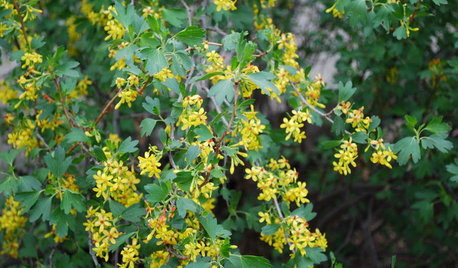
FLOWERSGreat Design Plant: Golden Currant
Cheery yellow flowers with a spicy fragrance and tasty fruit make this native plant a delightful addition to a home garden
Full Story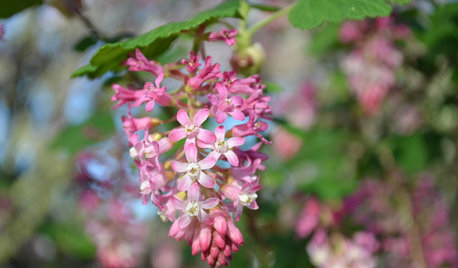
GARDENING GUIDESGreat Design Plant: Feed Wildlife With Flowering Currant
Blossoms and berries make this plant irresistible to birds, bees and other critters — and a treat for the eyes too
Full Story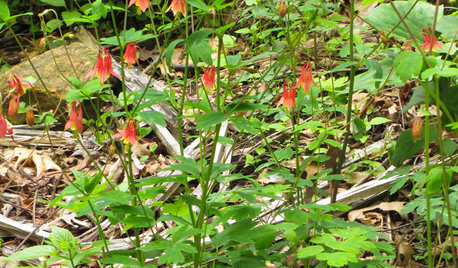
FLOWERS AND PLANTSRoll Out the Welcome Mat for Hummingbirds With Red Columbine
Grow Aquilegia canadensis in eastern perennial gardens or informal woodland plantings for its delicate foliage and uncommon red flowers
Full Story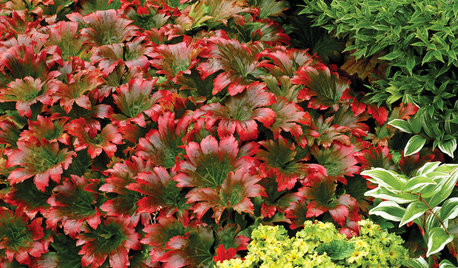
RED FOLIAGEGreat Design Plant: Red-Leafed Mukdenia
Creamy white blossoms give way to splashes of scarlet with this energetic, dramatic ground cover
Full Story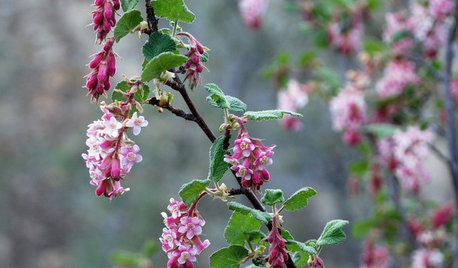
GARDENING GUIDESGreat Design Plant: Ribes Malvaceum
Plant pink chaparral currant for graceful winter tassels and an excuse to make black currant tarts
Full Story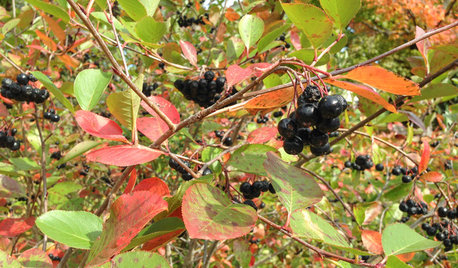
GARDENING GUIDESGreat Design Plant: Aronia Melanocarpa, a Star for Three Seasons
Plant black chokeberry in moist sites in eastern U.S. gardens for colorful spring flowers, red fall foliage and dark blue berries
Full Story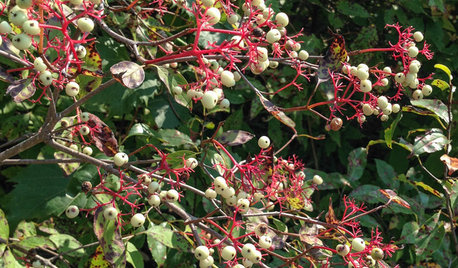
GARDENING GUIDESGreat Design Plant: Cornus Racemosa
In eastern North America, plant gray dogwood for erosion control or privacy, and you'll get flowers, berries and maroon fall foliage too
Full Story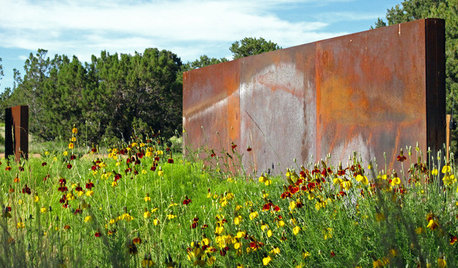
GARDENING GUIDESGreat Design Plant: Ratibida Columnifera
A shortgrass prairie native wildflower fit for pollinators and dry trouble spots offers benefits all year long
Full Story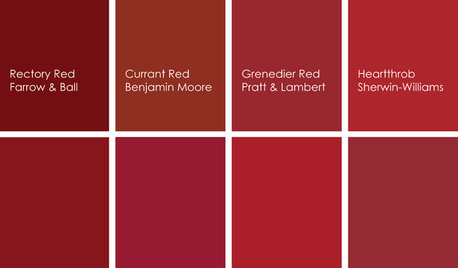
KITCHEN DESIGNCooking With Color: When to Use Red in the Kitchen
Candy Apple Red, Red Licorice and more for your kitchen walls, cabinets or island? The color choices are as delicious as they sound
Full Story
EXTERIOR COLORThe Joyful Exterior: Rev Up With Red
These 8 exteriors prove that red is right at home on more than just the front door
Full StorySponsored






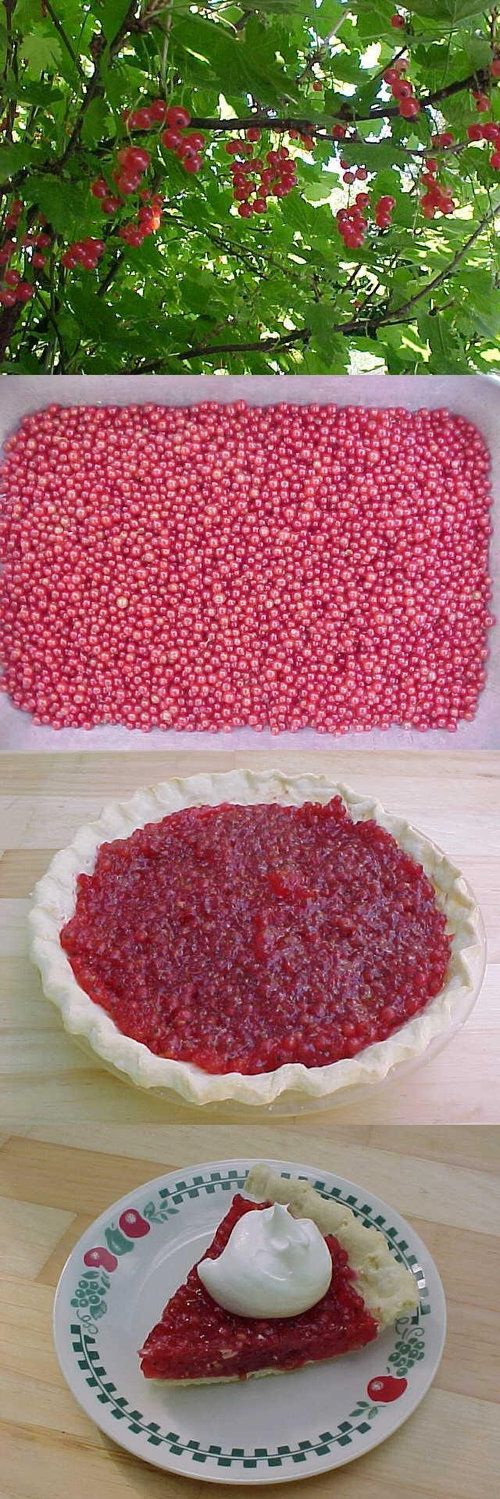
northernmn
soilent_greenOriginal Author
Related Professionals
Roosevelt Landscape Architects & Landscape Designers · Wheeling Landscape Architects & Landscape Designers · Woodinville Landscape Architects & Landscape Designers · Washington Landscape Architects & Landscape Designers · Centereach Landscape Contractors · Columbine Landscape Contractors · Cordele Landscape Contractors · Eureka Landscape Contractors · Golden Landscape Contractors · Gresham Landscape Contractors · Homewood Landscape Contractors · Longmont Landscape Contractors · Lynn Landscape Contractors · San Pedro Landscape Contractors · Vashon Landscape Contractorsnorthernmn
soilent_greenOriginal Author
soilent_greenOriginal Author
soilent_greenOriginal Author
northernmn
soilent_greenOriginal Author
northernmn
soilent_greenOriginal Author
northernmn
soilent_greenOriginal Author
garystpaul
soilent_greenOriginal Author
garystpaul
soilent_greenOriginal Author
northernmn
soilent_greenOriginal Author
a.girl.named.max
soilent_greenOriginal Author
Ashok_Chordia
soilent_greenOriginal Author
Ashok_Chordia